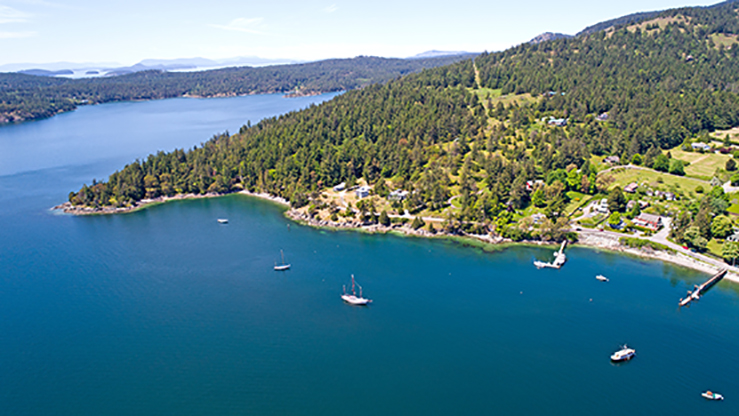
Orcas Island Aerial View – San Juan Islands Washington USA
Orcas Island has always drawn visitors with its monumental views, lush parks, and utterly relaxing island vibe. Now, with new wine bars, tasting menus, and sommelier services, the ever-growing food and beverage scene has increasingly become the island’s siren song. Once a place to get away from the hustle of urban life, many of Orcas Island’s best spots are now integrating city luxuries into their DNA—in a decidedly island way.
For any wine lover, or just excited adventurer, here are three good reasons to make the trip north ASAP:
Champagne Champagne
8292 Orcas Rd, Ste A, Orcas Island, WA, 98280
One of the most anticipated openings on Orcas Island over the last year was Champagne Champagne, an “irreverent natural wine temple by the sea.” One look out of the restaurant’s back windows and you’ll quickly understand the use of the word “temple.” Chiseled into the rock side of southern Orcas, Champagne Champagne provides a panoramic view of the Salish Sea, Shaw Island, and passing San Juan ferries.
This little restaurant is the brainchild of Orcas Island native Amelia Carver and her fiancé Brian Crum. The pair returned to Orcas with the desire to showcase the incredible bounty of the San Juan Islands and create an engaging, safe place for people learn about natural wine. Champagne Champagne is a celebration of things the couple loves to eat and drink. That means Gewurztraminer from Oregon’s Analemma Winery, oysters on the half shell, Cru Beaujolais from Juliénas, fried smelts, 12-ounce cans of Montucky Cold Snacks, and endless crudos, ceviches, and tatares.
Champagne Champagne also boasts an adjoining wine shop called the Bodega, which sits somewhere squarely between a typical city corner store and your dream wine cellar. The street-facing shop is small, but mighty, packed with beautiful, value-driven organic and natural wine and beer from small producers and farmers. A one-minute walk from the ferry terminal, the Bodega is a welcomed place to spend time while waiting for the boat home.
Doe Bay Wine Company
109 N Beach Rd, Ste D1, Eastsound, WA, 98245
Orcas native and sommelier Cole Sisson returned to his homeland to open Doe Bay Wine Company after traveling the world slinging wine. Along the way, he met his wife, Stephanie Sisson, an industry professional with a passion for wine training and education. Together, they run the East Sound wine shop. Doe Bay Wine Co.’s selection is world-class, with plenty of traditional bottles, high-quality budget options, local wineries, and even the couple’s own foray into wine—the Orcas Project (the Oregon-grown Grenache Pét-Nat is a must).
A killer selection of wine is a given for any bottle shop that wants to succeed, and Doe Bay does not disappoint. However, what truly sets the shop apart is the couple’s passion for education, which seeps into every offering they have. Throughout the summer, they host a nightly wine tasting for 12 guests from 7:15-8:00PM. The themes change, with options ranging from “Top Grapes of Southern Italy” to “Boutique Producers of the Northwest.” These classes are a chance to explore new regions, ask questions, and bring home interesting bottles. Beyond regular tastings, at any given time of the year, Cole and Stephanie offer trip planning and tours of Washington wine country, wine cellar procurement, delivery throughout the island (including to your tent at Moran State Park), wine dinners, and regular tastings with local producers.
Hogstone’s Wood Oven & Aelder
460 Main St, Eastsound, WA 98245
What started as one obsession-worthy, crowd-inducing pizza place has now become two of the best restaurants on the Island. Both run by Food & Wine’s 2017 Best New Chef Jay Blackinton (who we featured in Seattle magazine in the June 2015 issue), Hogstone’s Wood Oven operates (mostly) from the backyard patio, while Aelder offers multiple course tasting menus from the small interior and open kitchen. While the food differs from one establishment to the next, what both restaurants share the same passion for interesting, highly allocated wine. Constantly evolving, mirroring the food that has made Blackinton famous, the wine list is always entertaining, enlightening, and food-friendly.
Here in the Pacific Northwest, it’s easy to find wine lists that only feature local wineries—and with Blackinton’s focus on hyper local cuisine, one might expect to only find wine made within the state’s borders. However, Hogstone and Aelder both boast some of the best international selections you can find in all of Washington—mixed with some American beauties, of course. Over the past year, wines have included Stanko Radikon’s decade-old orange wine from Friuli, Jean-François Ganevat’s Jura selections, apple wines from Fable Farm Fermentory in Barnard, Vermont, Brooks Winery Oregon Pinot Noir, and the Loire’s incredibly culty Clos Rougeard. Reservations at Aelder are now live, and it opens for the season April 13.
The food coming from Blackinton’s kitchen is reason enough to make the trek to Orcas, but there is so much more to love than just what happens in that wood oven. Go for the pizza; stay for the wine.
Originally posted by BY: DYLAN JOFFE of Seattle Magazine | Posted

 Facebook
Facebook
 X
X
 Pinterest
Pinterest
 Copy Link
Copy Link








 Mr. Gardner is the Chief Economist for Windermere Real Estate, specializing in residential market analysis, commercial/industrial market analysis, financial analysis, and land use and regional economics. He is the former Principal of Gardner Economics, and has more than 30 years of professional experience both in the U.S. and U.K.
Mr. Gardner is the Chief Economist for Windermere Real Estate, specializing in residential market analysis, commercial/industrial market analysis, financial analysis, and land use and regional economics. He is the former Principal of Gardner Economics, and has more than 30 years of professional experience both in the U.S. and U.K.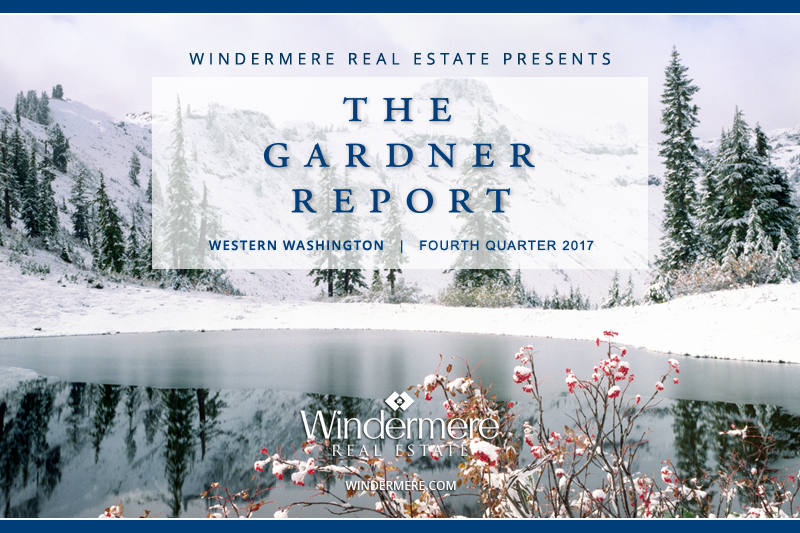








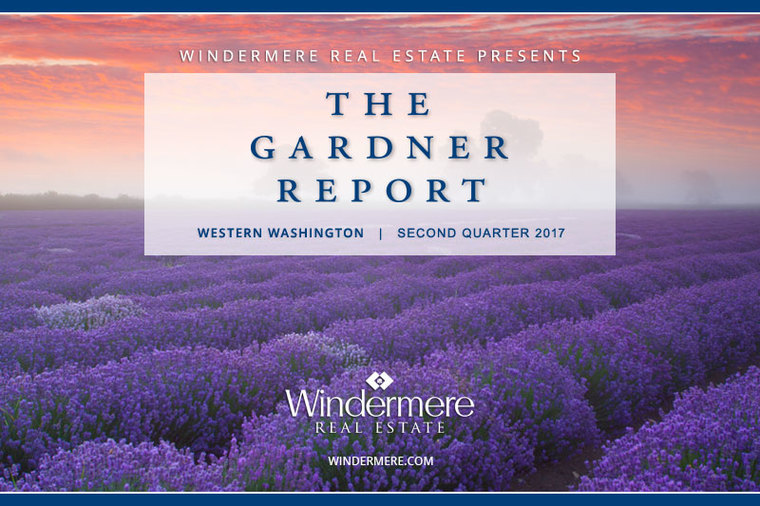







 We made it past July 5th and summer is in full swing here in the Pacific Northwest! For many of us, this is the time when we not only get out of the house, but get out of the town where we live to enjoy a summer vacation. While I am a big proponent of hitting the road and leaving my troubles behind me, there are a few things that need to be done in advance of any travels in order for me to be able to truly relax and let go. Before I can put myself in vacation mode, I must first put my house in vacation mode. So, here is my pre-departure checklist which allows that laissez-faire feeling to remain long after my return home.
We made it past July 5th and summer is in full swing here in the Pacific Northwest! For many of us, this is the time when we not only get out of the house, but get out of the town where we live to enjoy a summer vacation. While I am a big proponent of hitting the road and leaving my troubles behind me, there are a few things that need to be done in advance of any travels in order for me to be able to truly relax and let go. Before I can put myself in vacation mode, I must first put my house in vacation mode. So, here is my pre-departure checklist which allows that laissez-faire feeling to remain long after my return home.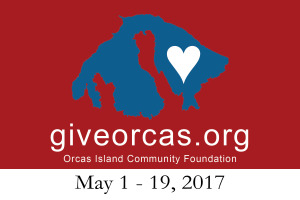

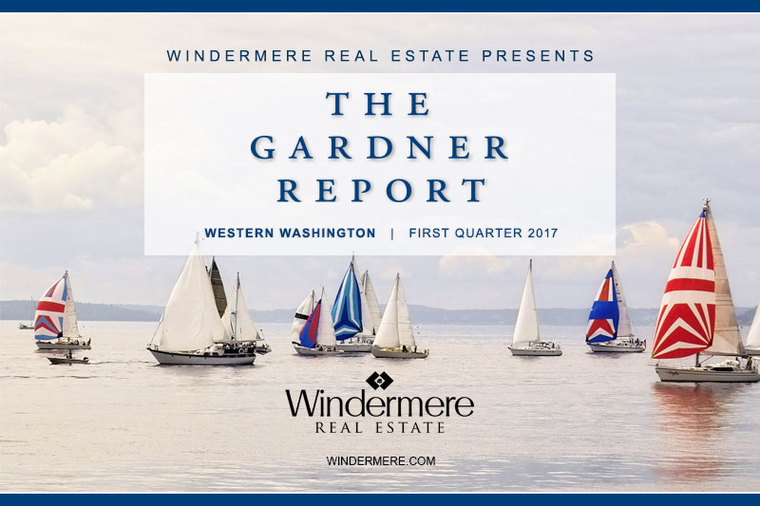





 This speedometer reflects the state of the region’s housing market using housing inventory, price gains, home sales, interest rates, and larger economic factors. For the first quarter of 2017, I moved the needle a little more in favor of sellers. The rapid increase in mortgage rates during the fourth quarter of 2016 has slowed and buyers are clearly out in force.
This speedometer reflects the state of the region’s housing market using housing inventory, price gains, home sales, interest rates, and larger economic factors. For the first quarter of 2017, I moved the needle a little more in favor of sellers. The rapid increase in mortgage rates during the fourth quarter of 2016 has slowed and buyers are clearly out in force. Matthew Gardner is the Chief Economist for
Matthew Gardner is the Chief Economist for 